

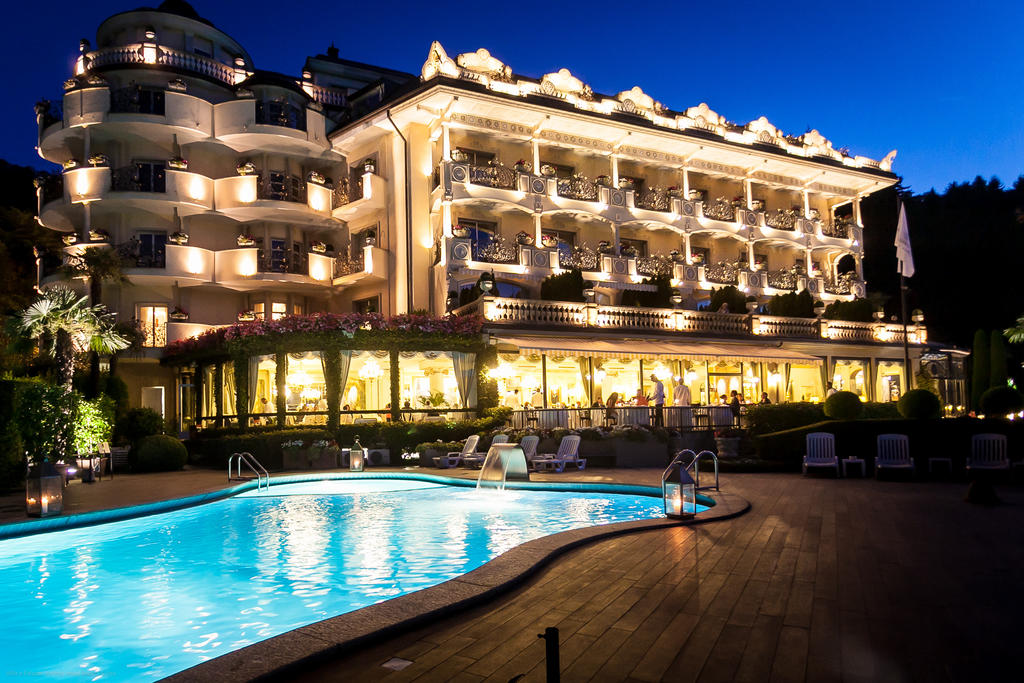



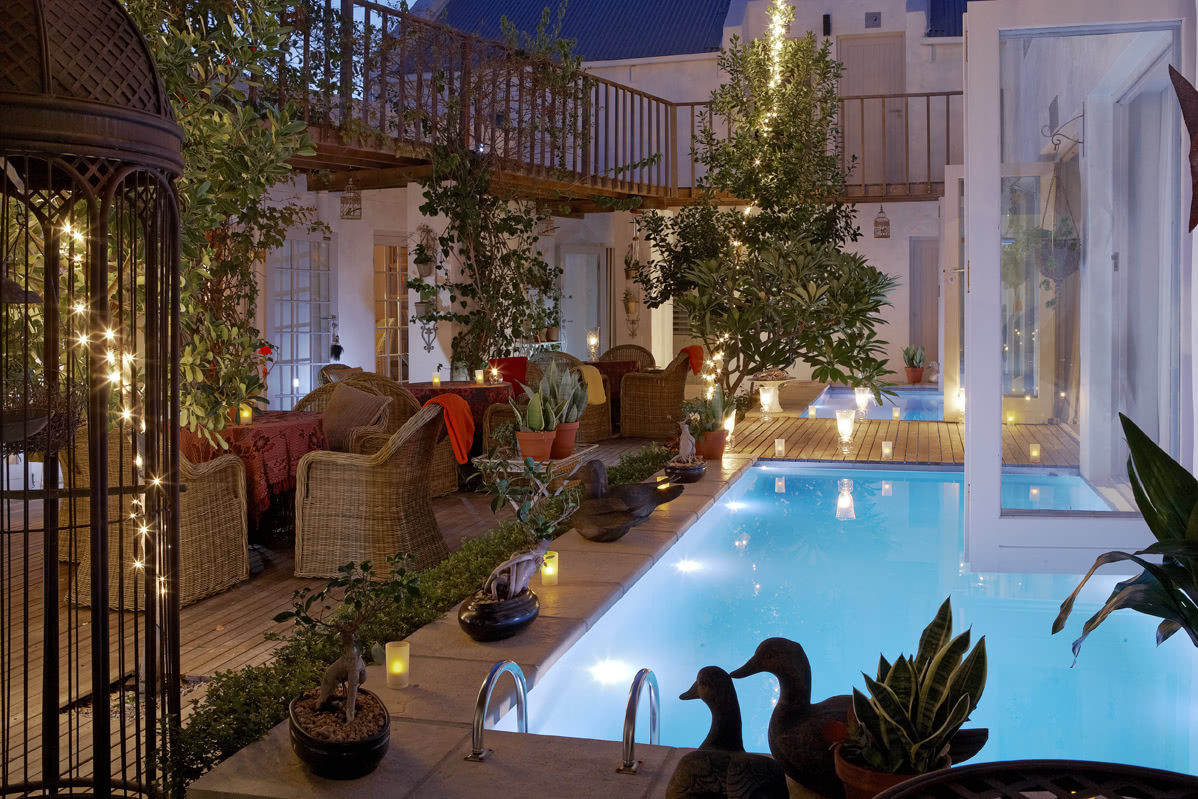
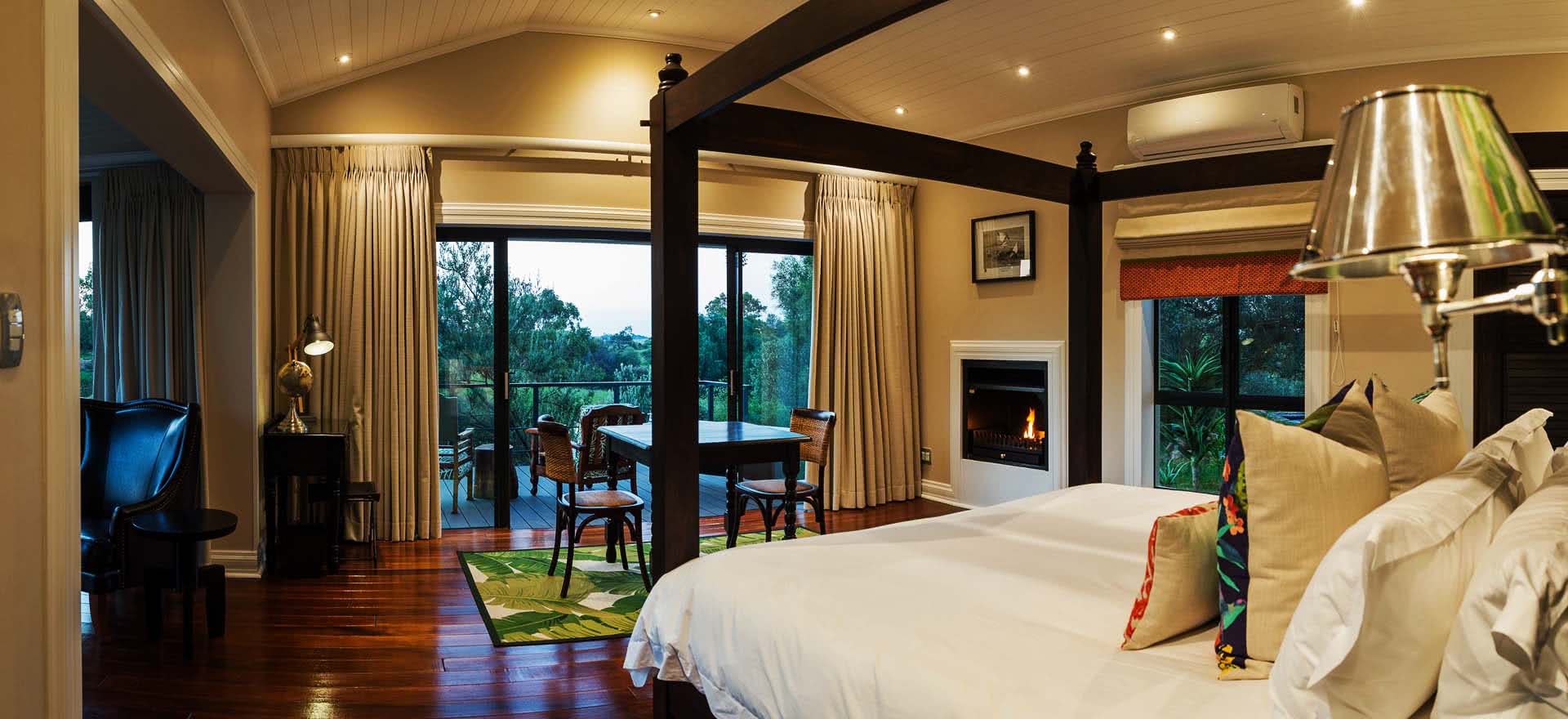
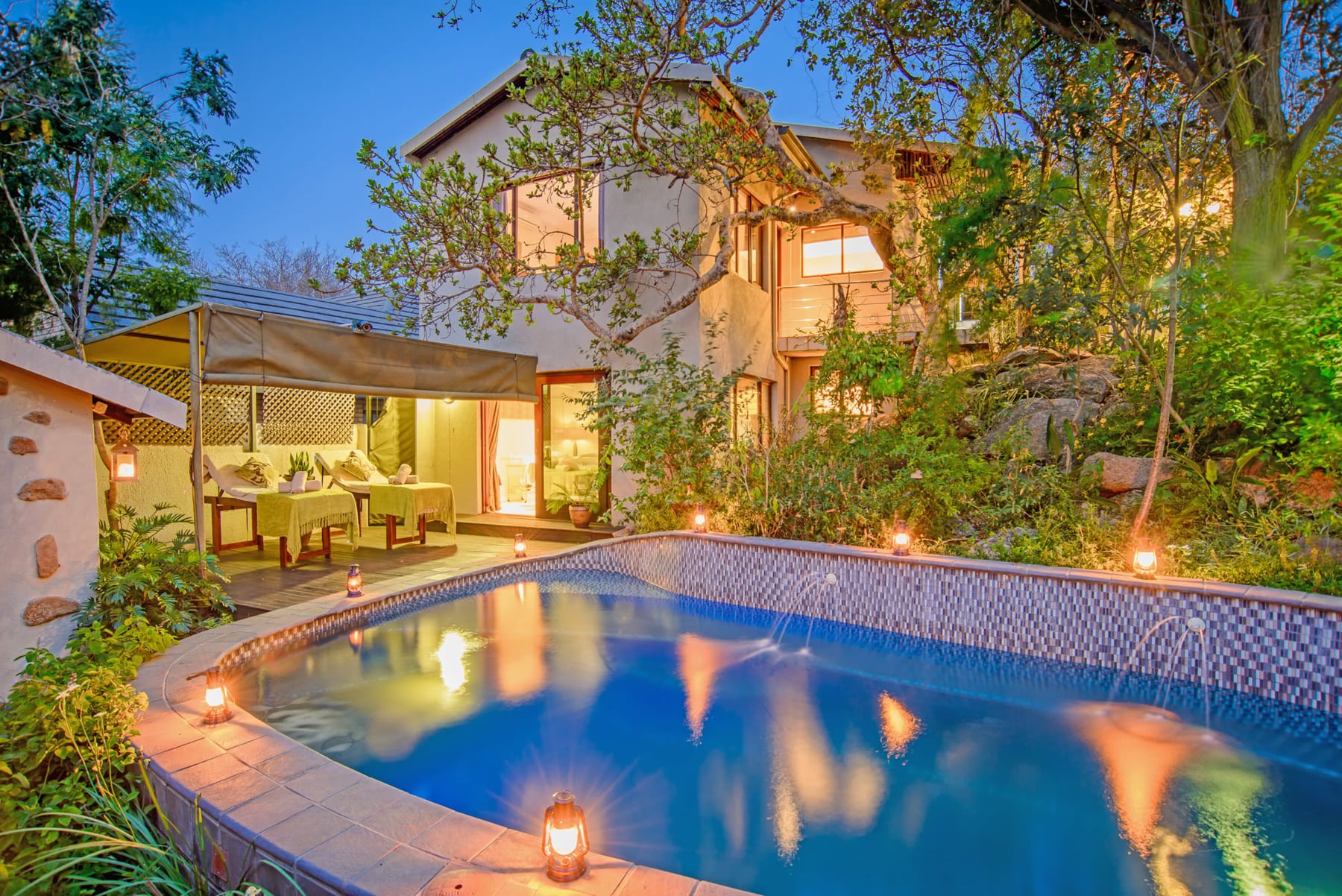




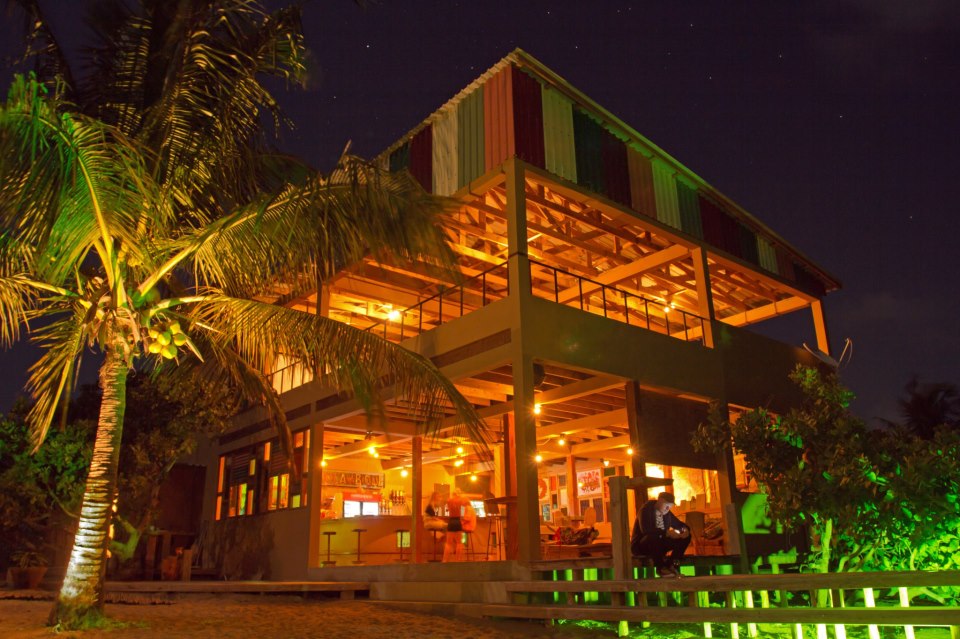




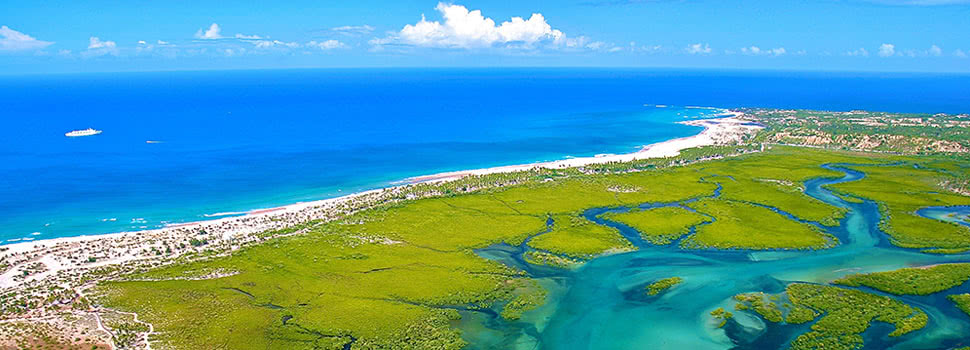
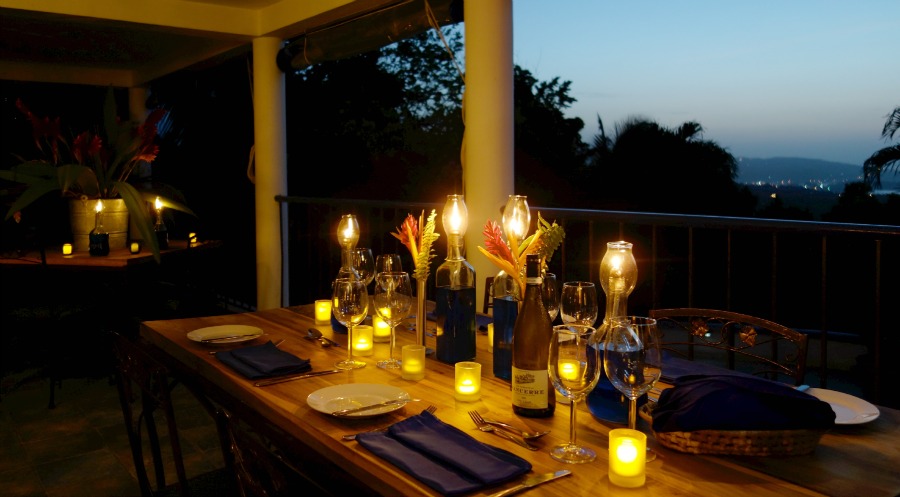



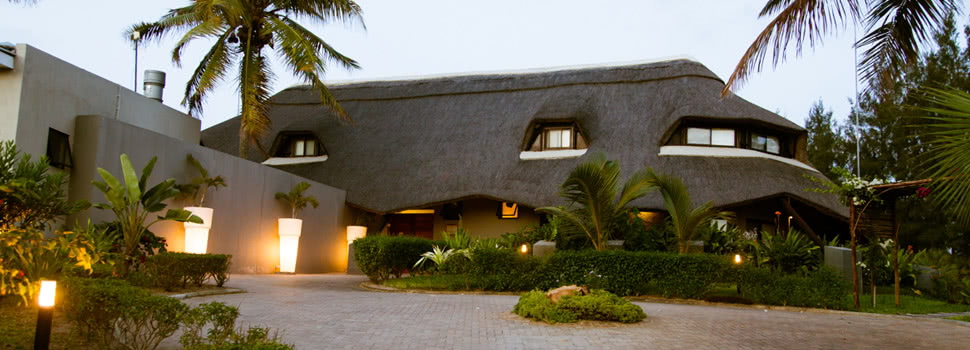



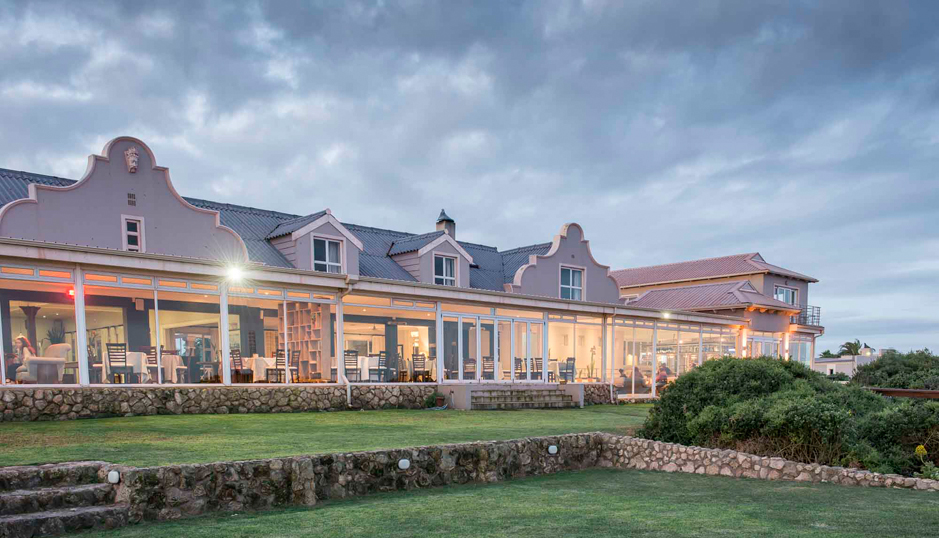


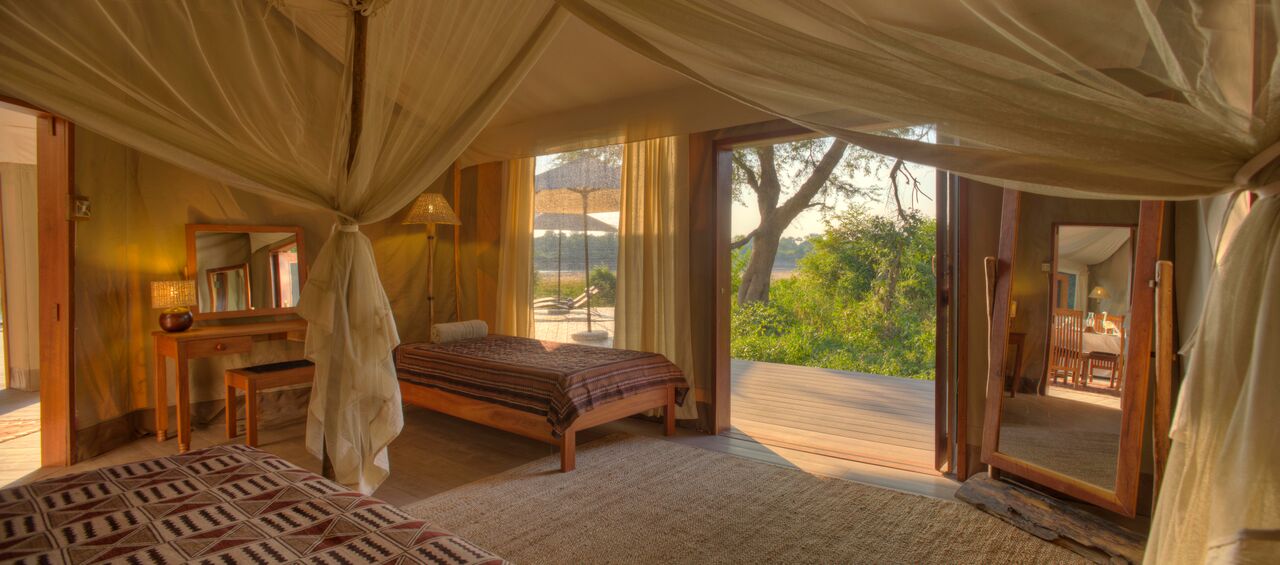


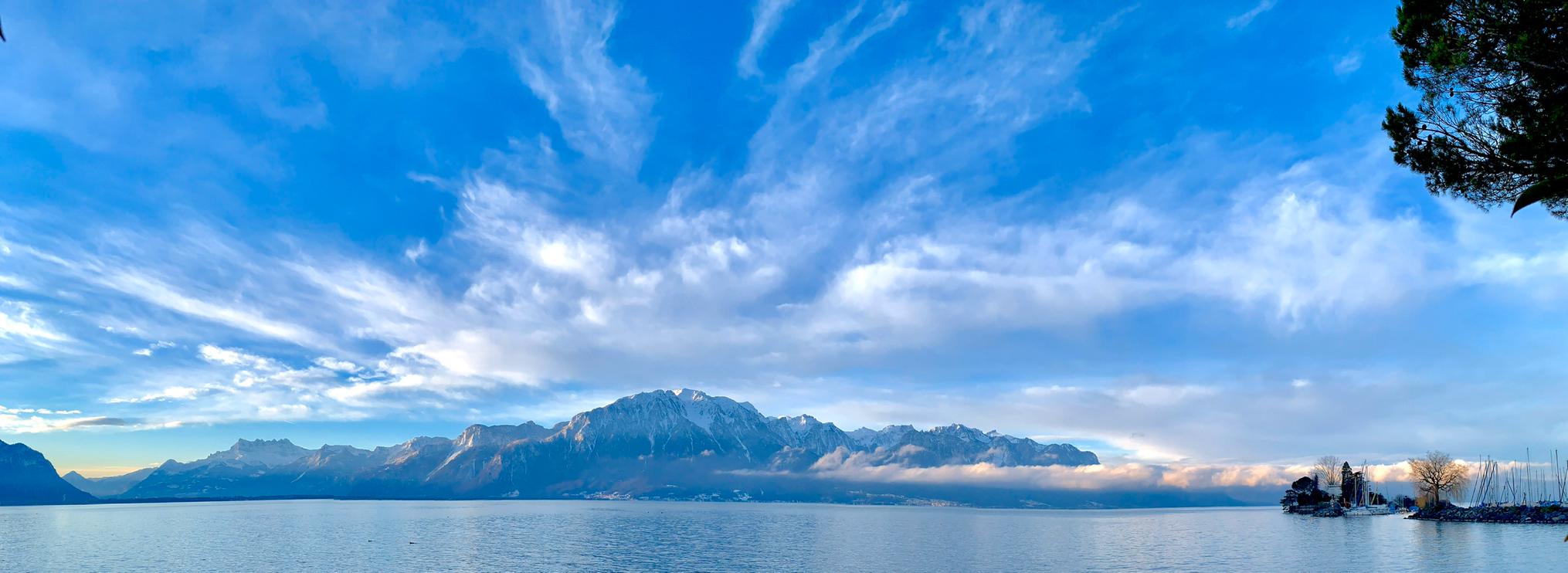


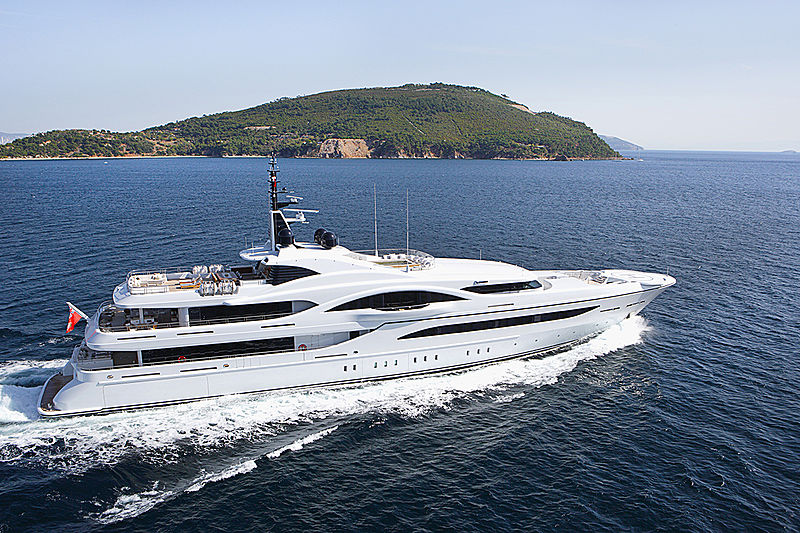














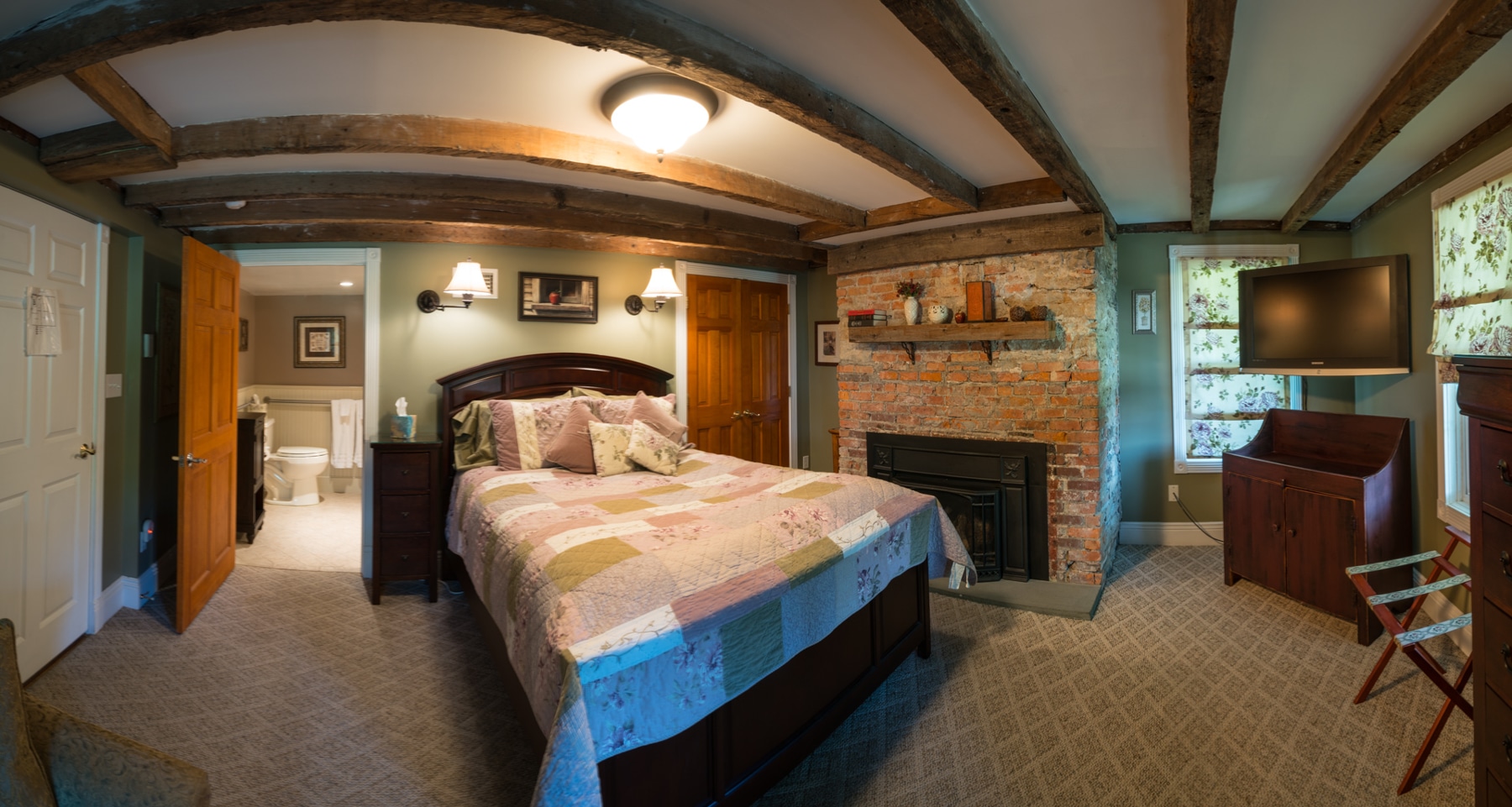






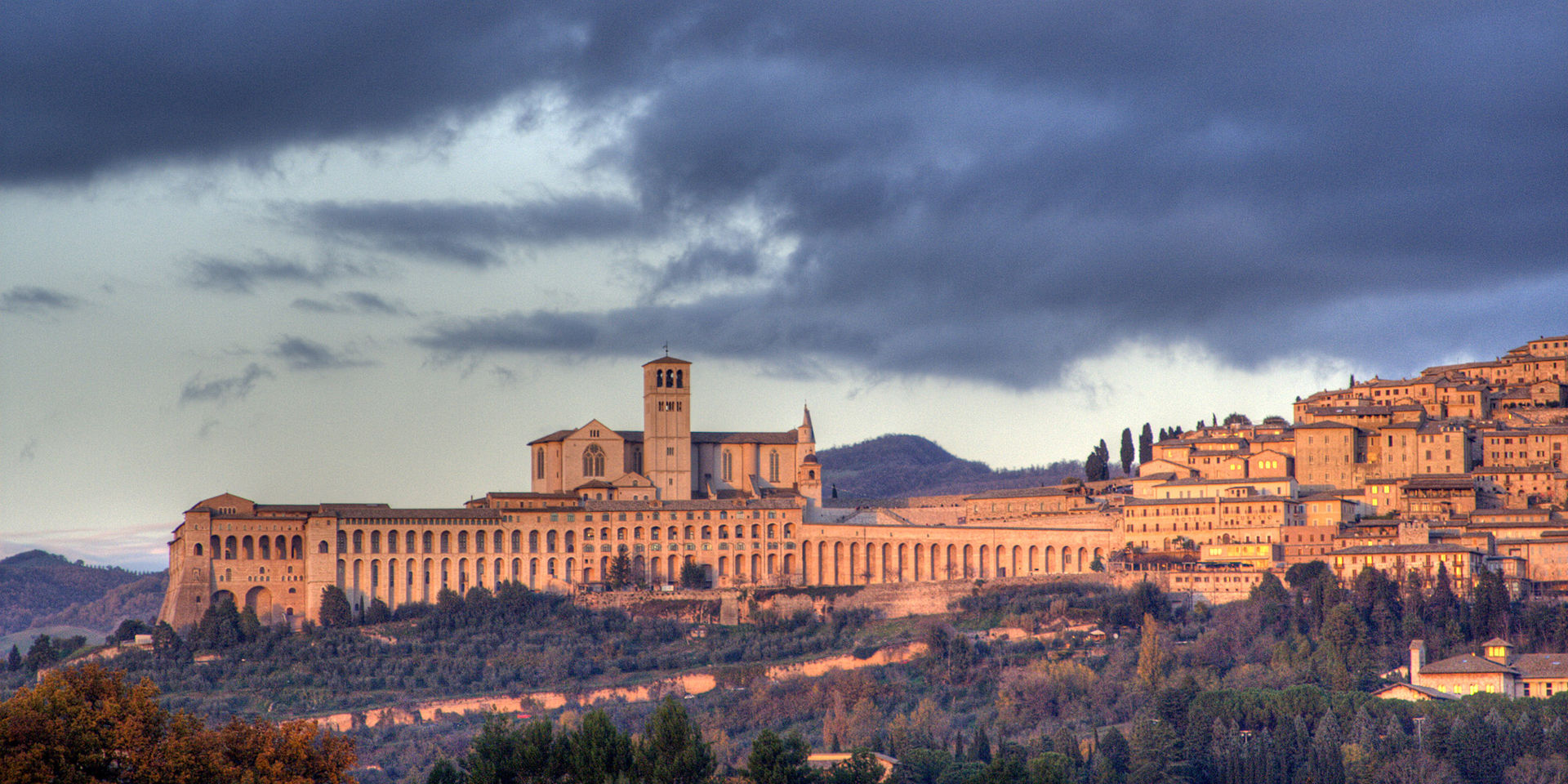
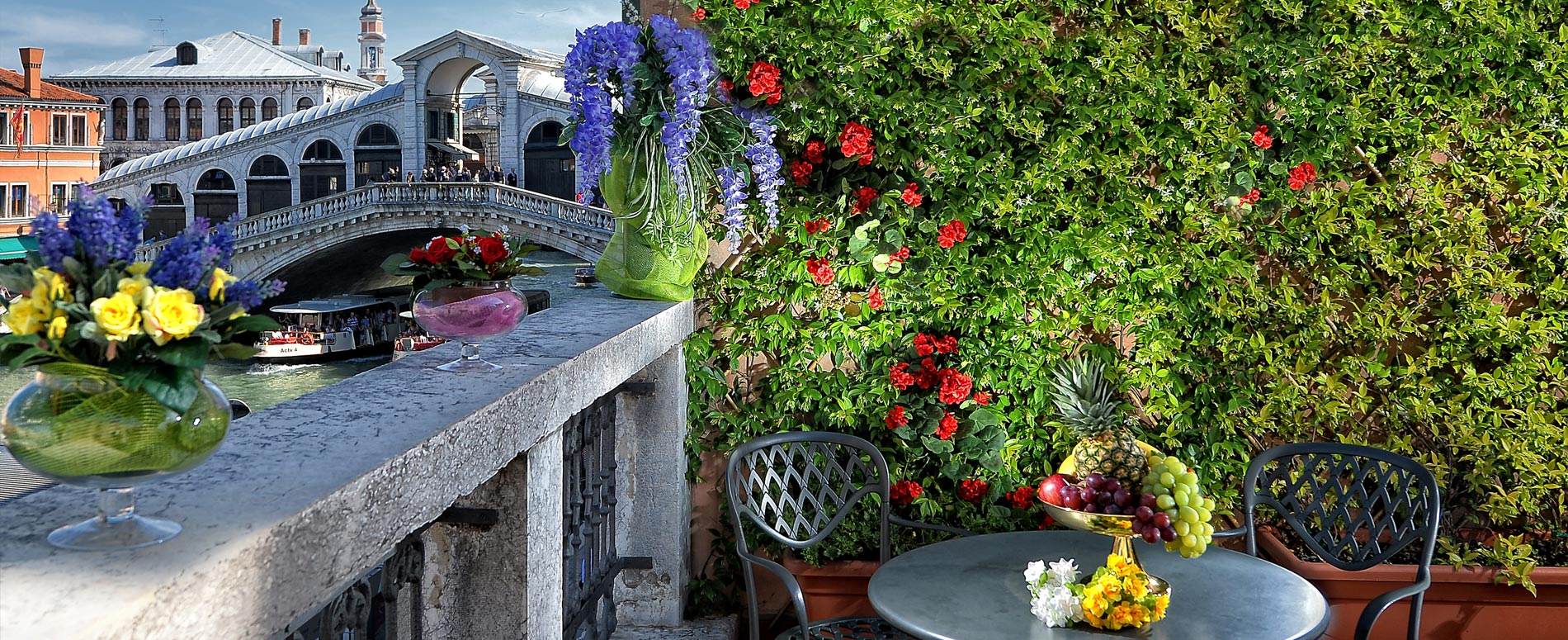






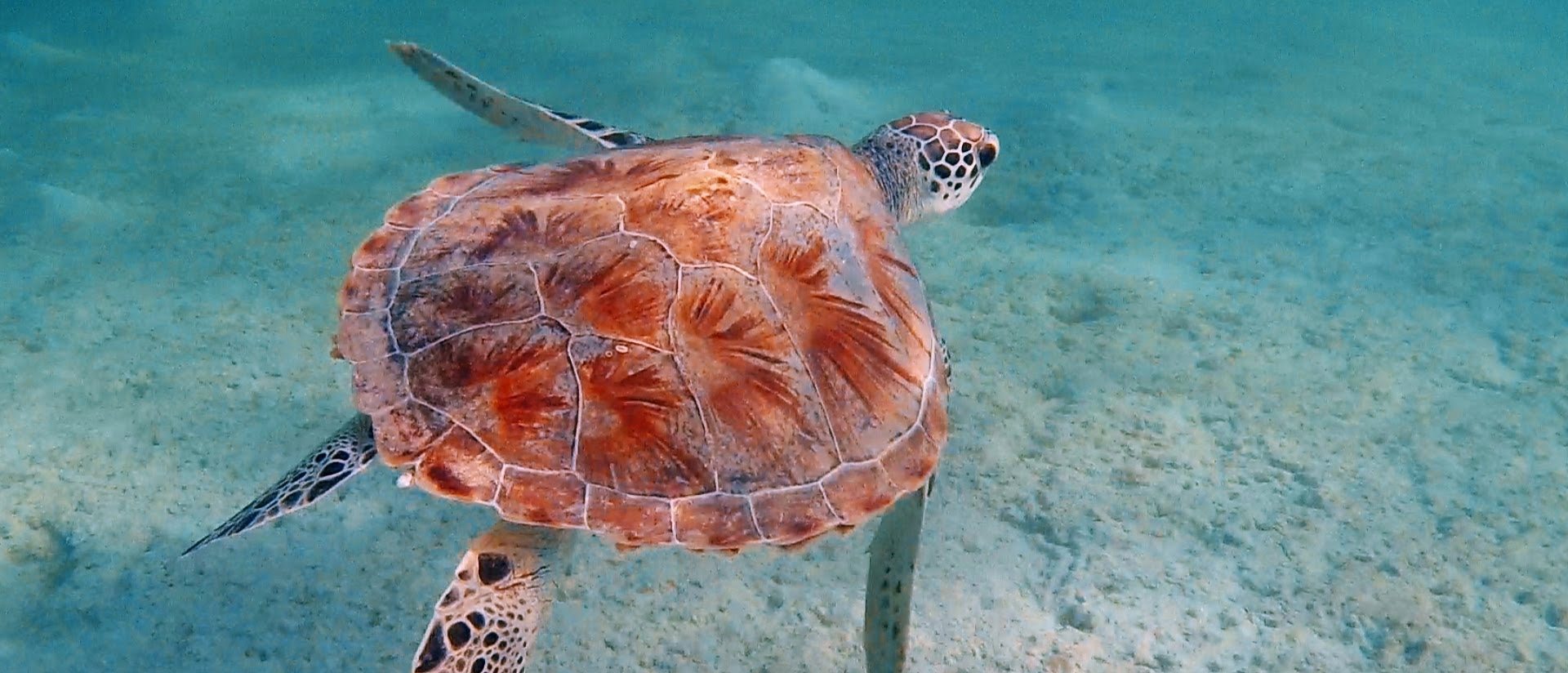

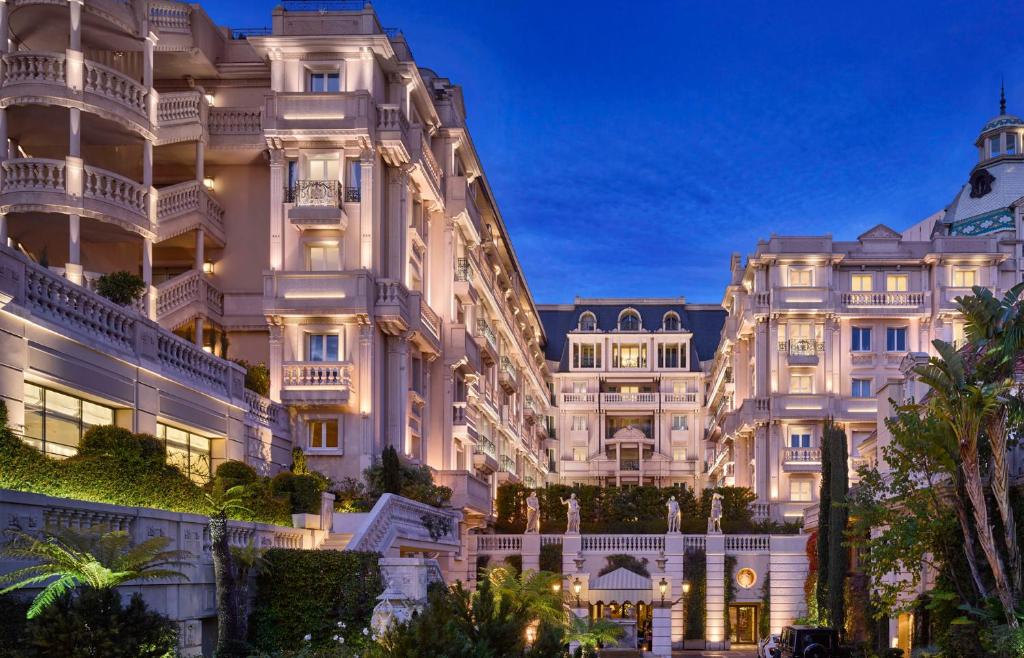

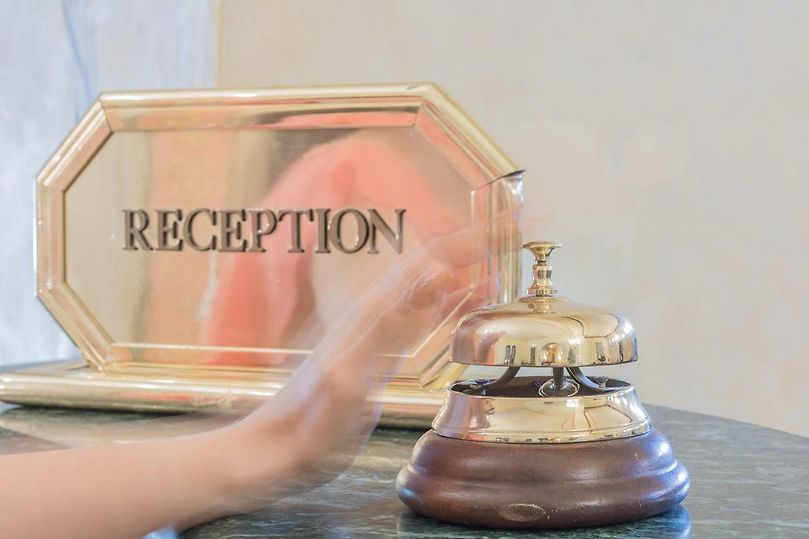

Sardinia, Italy
Agent: Giovanni Conti - (Italy, North and East Africa, Sri Lanka)
Agent Cellphone: +27 84 413 1071
Agent Office Number: +27 84 413 1071
Agent Email Address: giovanni@exquisitehotelconsultants.com
Type: Resort
Bedrooms: 373
Bathrooms: 373
Showers: 373
Parking: 400
Yield: Not Disclosed
Sardinia is the second-largest island in the Mediterranean Sea, after Sicily, and one of the 20 regions of Italy. It is located west of the Italian Peninsula, north of Tunisia and immediately south of the French island of Corsica.
It is one of the five Italian regions that have been granted some degree of domestic autonomy by special statute. Its official name is Regione Autonoma della Sardegna (Sardinian: Regione Autònoma de Sardigna; English: "Autonomous Region of Sardinia"). It is divided into four provinces and a metropolitan city. The capital of the region of Sardinia — and its largest city — is Cagliari. Sardinia's indigenous language and the other minority languages are spoken on the island (Sassarese, Gallurese, Algherese Catalan and Ligurian Tabarchino) are officially recognized by the regional law as having "equal dignity" with Italian.
Sardinia has been inhabited since the Paleolithic. The island's most iconic civilization is the indigenous Nuragic, which flourished from the 18th century BC to either 238 BC or the 2nd century AD in some parts of the island, and to the 6th century AD in that part of the island known as Barbagia. After a period in which the island was ruled by a political and economic alliance between the Nuragic Sardinians and the Phoenicians, parts of it were conquered — by Carthage in the late 6th century BC — and by Rome in 238 BC. The Roman occupation lasted for 700 years. Beginning in the Early Middle Ages, the island was ruled by the Vandals and the Byzantines. In practice, the island was disconnected from the scope of Byzantium's territorial influence, so the Sardinians provided themselves with a self-ruling political organization, which led to the formation of the kingdoms known as the four Judicates. The Italian maritime republics of Pisa and Genoa struggled to impose political control over these indigenous kingdoms, but it was the Iberian Crown of Aragon which, in 1324, succeeded in bringing the island under its control, consolidating into the Kingdom of Sardinia. This Iberian kingdom endured until 1718 when it was ceded to the House of Savoy and later politically merged with the other Savoyard domains on the Italian Mainland. Later, during the period of Italian unification, the Savoyards expanded their territory to include the entire Italian peninsula. They renamed their territory the Kingdom of Italy in 1861, and it was reconstituted as the present-day Italian Republic in 1946.
Due to the variety of Sardinia's ecosystems, which include mountains, woods, plains, stretches of largely uninhabited territory, streams, rocky coasts, and long sandy beaches, Sardinia has been metaphorically described as a micro-continent. In the modern era, many travelers and writers have extolled the beauty of its long-untouched landscapes, which retain vestiges of the Nuragic civilization.
Etymology
The name Sardinia has pre-Latin roots. It comes from the pre-Roman ethnonym. It makes its first appearance on the Nora Stone, where the word Šrdn testifies to the name's existence when the Phoenician merchants first arrived.
According to Timaeus, one of Plato's dialogues, Sardinia (referred to by most ancient Greek authors as Sardṓ, Σαρδώ) and its people as well might have been named after a legendary woman going by Sardṓ, born in Sardis, capital of the ancient Kingdom of Lydia. There has also been speculation that identifies the ancient Nuragic Sards with the Sherden, one of the Sea Peoples. It is suggested that the name had a religious connotation from its use also as the adjective for the ancient Sardinian mythological hero-god Sardus Pater ("Sardinian Father" or "Father of the Sardinians"), as well as being the stem of the adjective "sardonic". In Classical antiquity, Sardinia was called a number of names besides Sardṓ or Sardinia, like Ichnusa (the Latinised form of the Greek Ἰχνοῦσα), Sandaliotis (Σανδαλιῶτις[26]) and Argyrophleps (Αργυρόφλεψ).
Geography
The nearest land masses are (clockwise from north) the island of Corsica, the Italian Peninsula, Sicily, Tunisia, the Balearic Islands, and Provence. The Tyrrhenian Sea portion of the Mediterranean Sea is directly to the east of Sardinia between the Sardinian east coast and the west coast of the Italian mainland peninsula. The Strait of Bonifacio is directly north of Sardinia and separates Sardinia from the French island of Corsica.
The coasts of Sardinia are 1,849 km (1,149 mi) long. They are generally high and rocky, with long, relatively straight stretches of coastline, many outstanding headlands, a few wide, deep bays, rias, many inlets and with various smaller islands off the coast.
The island has an ancient geoformation and, unlike Sicily and mainland Italy, is not earthquake-prone. Its rocks date in fact from the Palaeozoic Era (up to 500 million years old). Due to long erosion processes, the island's highlands, formed of granite, schist, trachyte, basalt (called jaras or gollei), sandstone and dolomite limestone (called tonneri or "heels"), average at between 300 to 1,000 m (984 to 3,281 ft). The highest peak is Punta La Marmora (Perdas Carpìas in Sardinian language) (1,834 m (6,017 ft)), part of the Gennargentu Ranges in the centre of the island. Other mountain chains are Monte Limbara (1,362 m (4,469 ft)) in the northeast, the Chain of Marghine and Goceano (1,259 m (4,131 ft)) running crosswise for 40 km (25 mi) towards the north, the Monte Albo (1,057 m (3,468 ft)), the Sette Fratelli Range in the southeast, and the Sulcis Mountains and the Monte Linas (1,236 m (4,055 ft)). The island's ranges and plateaux are separated by wide alluvial valleys and flatlands, the main ones being the Campidano in the southwest between Oristano and Cagliari and the Nurra in the northwest.
Sardinia has few major rivers, the largest being the Tirso, 151 km (94 mi) long, which flows into the Sea of Sardinia, the Coghinas (115 km (71 mi)) and the Flumendosa (127 km (79 mi)). There are 54 artificial lakes and dams that supply water and electricity. The main ones are Lake Omodeo and Lake Coghinas. The only natural freshwater lake is Lago di Baratz. A number of large, shallow, salt-water lagoons and pools are located along the coastline.
Climate
During the year there is a major concentration of rainfall in the winter and autumn, some heavy showers in the spring and snowfalls in the highlands. The average temperature is between 11 to 17 °C (52 to 63 °F), with mild winters and warm summers on the coasts (9 to 11 °C (48 to 52 °F) in January, 23 to 26 °C (73 to 79 °F) in July), and cold winters and cool summers on the mountains (−2 to 4 °C (28 to 39 °F) in January, 16 to 20 °C (61 to 68 °F) in July).
Rainfall has a Mediterranean distribution all over the island, with almost totally rainless summers and wet autumns, winters and springs. However, in summer, the rare rainfalls can be characterized by short but severe thunderstorms, which can cause flash floods. The climate is also heavily influenced by the vicinity of the Gulf of Genoa (barometric low) and the relative proximity of the Atlantic Ocean. Low pressures in autumn can generate the formation of the so-called Medicanes, extratropical cyclones which affect the Mediterranean basin. In 2013, the island was hit by several cyclones, included the Cyclone Cleopatra, which dumped 450 mm (18 in) of rainfall within an hour and a half. Sardinia being relatively large and hilly, weather is not uniform; in particular the East is drier, but paradoxically it suffers the worst rainstorms: in autumn 2009, it rained more than 200 mm (7.9 in) in a single day in Siniscola, and 19 November 2013, locations in Sardinia were reported to have received more than 431 mm (17.0 in) within two hours. The western coast has a higher distribution of rainfalls even for modest elevations (for instance Iglesias, elevation 200 m (656 ft), average annual precipitation 815 mm (32.1 in)). The driest part of the island is the coast of Cagliari gulf, with less than 450 mm (17.7 in) per year, the minimum is at Capo Carbonara at the extreme south-east of the island 381 mm (15.0 in), and the wettest is the top of the Gennargentu mountain with almost 1,500 mm (59.1 in) per year. The average for the entire island is about 800 mm (31.5 in) per year, which is more than enough for the needs of the population and vegetation. The Mistral from the northwest is the dominant wind on and off throughout the year, though it is most prevalent in winter and spring. It can blow quite strongly, but it is usually dry and cool.
Here a breathtaking beach awaits you, near the Gulf of Oristano, to find yourself immersed in an experience of absolute well-being, surrounded by the splendour of the Sardinian sea, clear and regenerating, with a paradisiacal allure, in a reserved context, and to stay away from the stress of other crowded seaside resorts.
Rooms and Villas
Rooms and villas have all the comforts worthy of a 4-star Resort. Specially designed for the rest of our guests, our rooms are comfortable, spacious and located in 4 hotels close to each other. For a holiday where privacy is a must, we put at your disposal elegant villas immersed in the suggestive silence of the pine forest.
A stone's throw from the private beach, between the greenery and the Mediterranean scent of the lush gardens, the diamonds of our Resort's hospitality are set directly on the sea.
315 accommodations divided into four 4-star hotels and 58 independent villas with kitchenette located in the cool pine forest offer our guests all the comfort, privacy and rest possible.
Relaxation is guaranteed in the comfortable and spacious rooms of the Resort. They are divided into Standard, Superior, Suite and Junior Suite. Choose the type that best suits your needs.
Independent Villas with Kitchenettes
Immersed in the pine forest, the 58 villas are the ideal solution for even large families. Independent, divided into one-room apartments (2/3 beds), two-room apartments (3/4 beds), and three-room apartments (5/6 beds) furnished in Old English or Western style, they are equipped with private bathroom, hairdryer, telephone, TV, air conditioning, mini bar, safe and provided decor, equipped with exclusive table and chairs, to fully appreciate nature: absolute freedom, green spaces surrounded by the richness of the nature reserve, just a few meters from the beach. The villas are equipped with a kitchenette, for those who love total independence and want to feel at home.
Entertainment
Life in the Resort
Spending relaxing days at the Resort, overlooking the sea of the Gulf of Oristano surrounded by lush nature is a cure and a priceless remedy to the stress of everyday life. The days pass serenely for adults with well-being, sports and pastimes for the youngest thanks to the animation activities. Satisfy your holiday desire in our oasis of magic.
Sport
Whether you are an inveterate or sedentary sportsman, a holiday at this Resort is an excellent time to discover outdoor sports and be able to stay fit with an offer of alternatives that are different every day. The only effort will be to choose.
Animation
With an incredible staff of entertainers, we offer our guests an unforgettable holiday full of emotions. A sincere smile will welcome you upon arrival and will accompany you throughout your holiday. Never intrusive and always courteous, thanks to their engaging joy you will rediscover the pleasure of playing and having fun.
Take it easy
Treat yourself to something more than pure relaxation in Sardinia. Awaken your well-being thanks to a complete experience that involves all the senses. Let yourself be pampered by the expert hands of our masseuses, abandon yourself to long regenerating and regenerated swims with innovative and traditional treatments for a complete psychophysical recovery in full and total relaxation. All services have been adapted to ensure maximum prevention and comfort.
Pamper yourself
You can immerse yourself in the relaxing atmosphere of our Wellness Center & Spa with its regenerating path made up of seawater pools at different temperatures for a relaxing thalasso circuit, sauna and Turkish bath; comfortable loungers and a tea corner complete the area dedicated to relaxation.
Swim
The sea just a stone's throw from the rooms with its rhythmic rocking enchants and fascinates, but at the Resort, you can also choose the alternative of the freshwater of the two swimming pools. Let yourself be embraced by the blue of the water immersed in the green of nature.
Ride
Thanks to the combined action of equestrian activities, innovative body treatments and localized massages, the Resort offers its guests the exclusivity of a personalized program full of benefits for your body.
Experiences
Emotions in the open air without end and in maximum safety
At the Resort you will not experience the classic holiday of a 4-star Resort in Sardinia. Our guests can discover the scenic and cultural beauties of the west coast of the island by choosing from many organized excursions and activities. Endless possibilities and exciting adventures to discover a magical land out of time and history.
Inside the Resort there is an Info Point where it is possible to book activities.
Horses
The thrill of a ride within everyone's reach while admiring the beauty of the area from a new perspective. In the saddle, Sardinia has a completely different charm.
Land
To enrich your holiday, the best itineraries to take to immerse yourself in an authentic culture of aromas, flavors and history.
Sea
Rocked by beautiful sailing boats and accompanied by professional skippers you can dive into crystal clear waters and discover all the secrets of the central-western coast of Sardinia.
Congresses
A frame of excellence
Immersed in the green of uncontaminated nature that merges with the crystalline sea, the Resort is a unique context for any type of corporate event, perfect for combining duty with pleasure. Half capacity and adapted services to ensure maximum spacing and prevention.
Incentives and Events
In the heart of Sardinia, surrounded by hectares of unspoiled nature, the Resort has the best services for exclusive incentives and corporate events, offering its guests an authentic experience.
The Resort's Congress Centre is located in a strategic position, in the center of Sardinia, easily reachable by public transport and the main ports and airports of the island. The modularity of the environments, the modern technologies and the offer of customized integrated solutions, guarantee maximum success for your meetings and conferences in Sardinia.
Weddings
A Dream Setting
The Resort offers a dream setting for your wedding, immersed in a centuries-old pine forest and overlooking the fine beaches of the Oristano coast. An exclusive location with a wide range of rooms and fairytale settings capable of hosting over 400 guests. The Ribot Room for a classic wedding. The swimming pool for romantic atmospheres. The western saloon for an informal country wedding. You can count on the thirty years of experience of our staff and the support of specialized wedding planners who will accompany you in all phases of organizing your most beautiful day.

















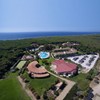





















































Cliff Jacobs (Nat Dpl Hotel Man (UJ). MPRE. GA Level 5 TEFL) Managing Principal / CEO Exquisite Hotel Consultants (Pty) Ltd Mobile: +27 (0) 84 413 1071 / +27 (0) 61 716 6951 Email: cliff@exquisitehotelconsultants.com Web: https://www.exquisitehotelconsultants.com © All rights reserved Terms and Conditions apply Scroll down to view our Hospitality Properties and Businesses for sale or lease or lease-to-buy or partnership arrangement or management agreement arrangement.
